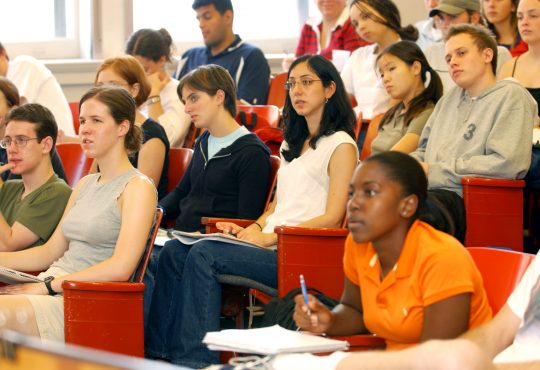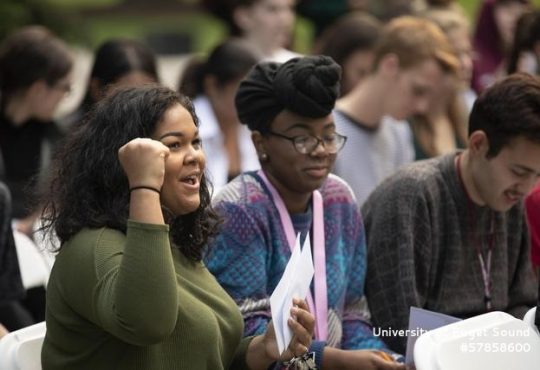The Board of Trustees met in February to discuss the adjustment of the University’s tenure-line proportion and admissions, among other topics. The Board of Trustees oversees almost every aspect of Puget Sound, including the tenure-line proportion and promotion of faculty members.
Currently, the University’s tenure-line proportion is in the low-60 percentile, while the national average is approximately 66 percent. According to Bartanen, tenure is a commitment on the part of the University to continue career-long employment of a faculty member.
“We do have a cap or a limit on the number of our tenure-line faculty, so it would be a Board decision to change that. And because we have a very professionally active faculty, in any given year we have quite a few visiting professors, who are of very high quality. We’ve just been looking at that proportion to see if it should be adjusted and whether that would strengthen the faculty as a whole, and, in the context of the economic environment, whether there’s an opportunity to make strong hires,” Bartanen said. More tenure-line faculty would mean more advisors for students and more people to participate in some of the governance elements of the campus.
“Puget Sound does invest a lot of time and energy in the evaluation of faculty, which contributes to the strength of our faculty. I also try to reinforce for students that those student evaluation forms are read and taken seriously, so it is very helpful when students also take them seriously,” Bartanen said.
Beyond the discussion of the University’s tenure-line proportion, the Board also discussed trends in admissions.
“There’s always discussion of increasing diversity. We certainly try to emphasize that in our financial aid award policy for all first-generation students as well as students from diverse racial and ethnic backgrounds, because that’s something that definitely enriches the life of the campus,” Executive Director of Communications Gayle McIntosh said.
According to McIntosh, the University’s diversity sits at around 18 to 20 percent, which is fairly diverse for a small liberal arts university. The only other similar school that exceeds 20 percent is Occidental College in Los Angeles, Calif.
One thing that McIntosh wanted to emphasize was the high level of involvement that the Board maintains with the campus community and student body. “This is just such a highly engaged Board and they are really interested in the life of the college and meeting students and alumni and talking with them about their experiences,” McIntosh said.




